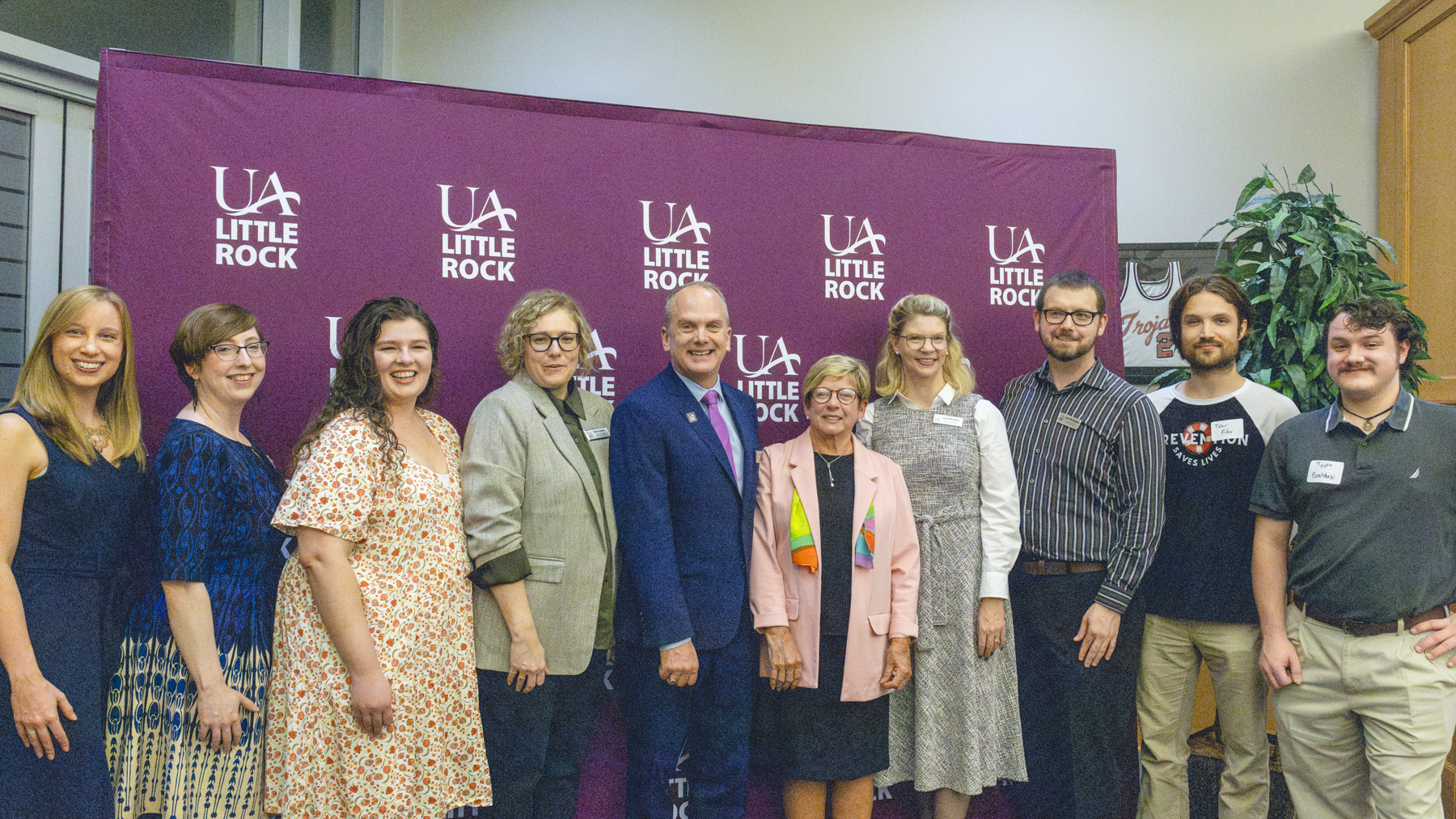UA Little Rock Unveils New Website Tracking Over a Century of Little Rock’s History

The University of Arkansas at Little Rock has debuted a new educational website that chronicles the evolution of the City of Little Rock through more than a century of history.
Funded by two grants totaling more than $375,000 from the National Endowment for the Humanities (NEH), the Mapping Little Rock History project allows users to explore key moments in the city’s expansion.
“This interactive, map-based website that illustrates the history of Little Rock was made possible through the digitalization and geolocation of more than 200,000 historical items,” said Dr. Deborah Baldwin, associate provost emerita. “This is a fun website to explore, and there is a lot you can do with it. People can see places they know and how they evolved over time.”
The project includes historical documents that span from 1880 to 2014, although the bulk of documents originate from the 1960s, 70s, and 80s. The website makes it easier for people to access archival materials from the comfort of their homes.
“It’s an interactive way to engage with archival material about the City of Little Rock,” said Laura McClellan, assistant director of the Center for Arkansas History and Culture. “You can explore it all through a map from the comfort of your own home. There’s no need to visit a physical archive; you can access and view primary sources about our city’s history anywhere you have an internet connection.”
The Center for Arkansas History and Culture is grateful to the many organizations who helped bring the Mapping Little Rock History project to life. Partners who helped develop the website include Few, the Arkansas Economic Development Institute, and the UA Little Rock CRUX Lab. Partners who shared their archival materials include the City of Little Rock, the Central Arkansas Library System Butler Center for Arkansas Studies, and the Central High School National Historic Site.
The website provides a rich collection of historical documents, photos, maps, and multimedia content that illustrates Little Rock’s transformation over the decades. It is designed to serve as a resource for students, educators, historians, urban planners, architects, engineers, and community members interested in learning more about the city’s dynamic past.
More than 50 people have worked on the Mapping Little Rock History project through its five years of development. This includes many students who completed tasks in digitization, coding, and website development that were invaluable to the completion of the project.
“We ensure that every grant written at the center includes substantial student involvement,” Baldwin said. “Each year, we bring in new students to gain valuable hands-on experience that will benefit their future careers. It’s crucial for students to have this type of experience when entering the job market. They can proudly say they’ve contributed to a major federal grant project.”
If you’re interested in learning how you can use the Mapping Little Rock History project, a resource webpage includes information about the site’s collections, how scholars used the site to develop projects, and how the website can be used in the classroom. This includes ideas for student research projects, a multimedia timeline of Little Rock’s history, historical walking tours of West Ninth Street, Little Rock’s once thriving Black business district, and tutorials on how to build maps.
